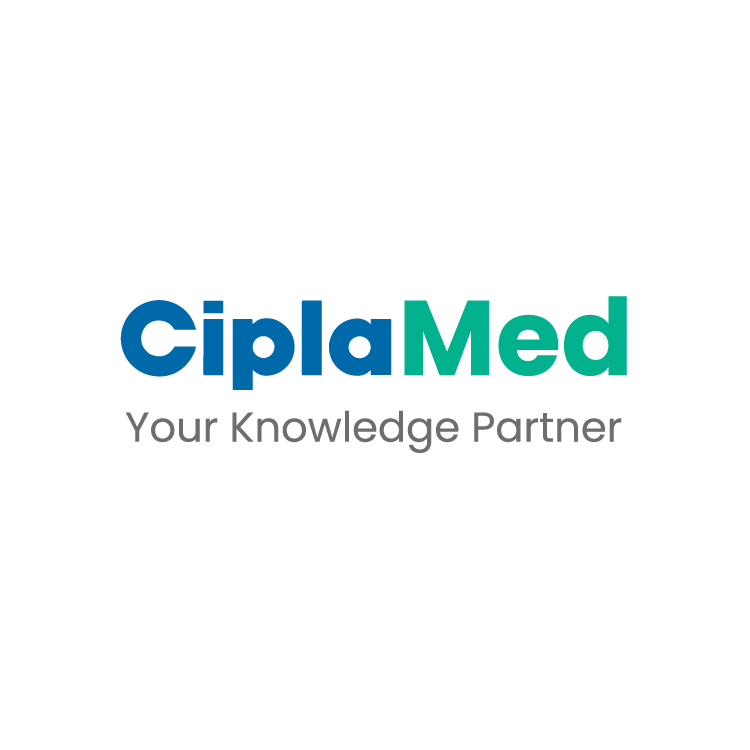Vaccines against AMR
Speaker: Padmini Srikantiah, United States
Overview: Vaccines as a Strategy Against AMR
Dr. Srikantiah highlighted the enormous burden of antimicrobial resistance (AMR), particularly among children under five in low- and middle-income countries (LMICs). The core message: preventing infections through vaccines—both bacterial and viral—is a critical strategy to reduce AMR-related deaths and antibiotic use.
Global Burden of AMR:
- In 2021:
- 1 million deaths were directly attributable to AMR
- 7 million deaths were associated with AMR
- Bacterial infections are the main drivers of AMR mortality.
- Children under 5:
- Represent 7–8% of global population
- Account for ~18% of AMR-associated deaths (840,000 deaths in 2021)
Geographical Burden:
- Highest burden of AMR-associated deaths in children <5 was seen in:
- Western Sub-Saharan Africa
- Other LMICs with high infectious disease burdens
Top 10 Pathogens Causing AMR-Associated Deaths in Children <5:
- Among children under five, ten bacterial pathogens are responsible for the majority of AMR-associated deaths.
- Leading the list is Streptococcus pneumoniae, followed by Klebsiella pneumoniae, Escherichia coli, Staphylococcus aureus, Pseudomonas spp., and Acinetobacter baumannii. Other significant contributors include Group B Streptococcus, Serratia, Salmonella typhi, and Shigella spp.
- Notably, vaccines are currently available for only two of these pathogens—S. pneumoniae and S. typhi—highlighting a major gap and opportunity in vaccine development to address AMR in this highly vulnerable age group.
How Vaccines Help Address AMR:
Vaccines can:
- Prevent infections from both susceptible and resistant pathogens
- Reduce need for antibiotics and hospitalizations
- Lower complications and bacterial transmission
- Suppress the emergence of resistance
- Even vaccines against viruses (e.g., rotavirus, RSV) reduce inappropriate antibiotic use
Evidence from Existing Vaccines
- Pneumococcal Conjugate Vaccine (PCV)
- South Africa data post-PCV introduction:
- 82% ↓ in penicillin-resistant invasive pneumococcal disease
- 85% ↓ in ceftriaxone-resistant pneumococcus
- Associated with ↓ in overall antibiotic use
- South Africa data post-PCV introduction:
- Modelling projection (WHO): 90% PCV coverage could avert:
- 27,000 AMR deaths
- 1.3 million DALYs
- Significant healthcare cost savings
- Typhoid Conjugate Vaccine (TCV) – Pakistan Example
- Introduced during XDR Salmonella typhi outbreaks in Sindh
- Outcomes:
- 95% efficacy against XDR strains
- Marked decline in typhoid incidence after campaign
- Proportion of XDR strains remained >50% post-intervention
- Rotavirus Vaccine
- Estimated 50 million antibiotic-treated diarrheal episodes due to rotavirus (pre-vaccine)
- With 2018 coverage: 13 million episodes averted
- With universal coverage: Additional 18.3 million cases could be prevented
- Shows that viral vaccines also reduce AMR by lowering inappropriate antibiotic use
- RSV Prevention (Nirsevimab Monoclonal Antibody)
- 23% reduction in any antibiotic prescription in first 6 months of life
- Likely due to:
- Prevented RSV-related illness
- Avoidance of secondary bacterial infections
- Effective in lowering unnecessary antibiotic exposure in infants
Future Vaccines for AMR Priority Pathogens:
- Klebsiella pneumoniae: A High-Priority Target
- ~120,000 neonatal deaths/year due to Klebsiella
- ~80,000 AMR-associated
- ~34,000 AMR-attributable
- Maternal conjugate vaccine strategy being explored
- Preclinical development underway for:
- 10+ valent conjugate vaccine
- Aiming for 70% strain coverage and 70% efficacy
- Modelling impact: Such a vaccine could avert up to 80,000 neonatal deaths/year
- ~120,000 neonatal deaths/year due to Klebsiella
Key Takeaways:
- AMR in LMICs is driven by high infectious disease burden, not just antibiotic overuse.
- Vaccines are a critical AMR strategy:
- Bacterial: PCV, TCV
- Viral: Rotavirus, RSV
- Scaling existing vaccine coverage can save hundreds of thousands of lives
- R&D efforts for vaccines targeting AMR-priority pathogens (e.g., Klebsiella pneumoniae) are urgently needed
Panel of Experts: Can We Forsee the Future of AMR?
Panellists: Keith Klugman (United States of America), Ursula Theuretzbacher (Austria), Ramanan Laxminarayan (United States of America), Peter Beyer (Switzerland), Padmini Srikantiah (United States of America), Valeria Gigante (Switzerland)
Pediatric Antibiotic Pipeline & Regulatory Challenges:
- Current Gap: Only 9 of 17 authorized antibiotics have pediatric development plans; toxicity, formulation issues, and lack of pediatric-specific indications pose barriers.
- WHO & GAP-f Initiatives:
- Development of target product profiles (TPPs) for key antibiotics (e.g., nitrofurantoin, enisamium).
- Regulatory inefficiencies between regions increase burden for SMEs (Small and Medium-sized Enterprises) developing pediatric antibiotics.
- Pediatric trials are delayed due to ethical, financial, and developmental complexities.
Improving Access, Regulation, and Data:
WHO aims to issue guidance on pediatric data generation to support regulatory submission and inform clinical practice by next year. Emphasis on integrating real-world evidence, registries, and post-marketing data with pre-marketing safety assumptions.
Neonatal Sepsis Trials & Practical Barriers:
- The NEOSEP trial, a multi-country, personalized RCT, evaluates optimized regimens (e.g., fosfomycin + flomoxef + amikacin).
- Challenges: Regulatory approvals, trial design innovation, financial constraints.
- Cost cited: ~$50 million for 2 large neonatal studies – considered efficient given the scale.
Integrated Clinical Strategies:
- Infection Prevention & Control (IPC): Needs system-wide infrastructure and training.
- Antimicrobial Stewardship (AMS): Must balance access and conservation, especially in LMICs where diagnostics and drug availability are limited.
- Vaccines: Crucial advocacy needed to ensure implementation and address hesitancy.
- Diagnostics: Essential for stewardship but limited by cost and healthcare infrastructure
Policy Advocacy & Innovation Needs:
Politicians are overwhelmed by competing global health crises. Effective messaging should focus on:
- Clear, actionable solutions (e.g., vaccines, IPC, affordable diagnostics).
- Demonstrating cost-effective impact rather than alarmist statistics.
- AI and digital tools were recognized as future enablers of smarter, localized antibiotic use and stewardship.
Rethinking AMR Strategies in LMICs:
Stewardship in LMICs must focus on access without over-reliance on diagnostics, given capacity and infrastructure challenges. Examples from India show widespread empirical use of carbapenems without diagnostics, reflecting an urgent need for context-sensitive approaches.
Non-Antibiotic Innovations:
Interest in alternatives like anti-adhesion agents, anti-quorum sensing molecules, antiseptics, and anti-toxin strategies. These approaches must be scalable, low-cost, and effective in broader populations to make global impact.
Conclusion:
The discussion emphasized a holistic and context-sensitive approach to AMR in children, combining vaccine implementation, smarter trial design, pediatric-specific formulations, regulatory reform, IPC, and non-antibiotic innovations. Sustained political will, system integration, and global collaboration remain critical.
ESPID 2025, 26-30 May, Bucharest



